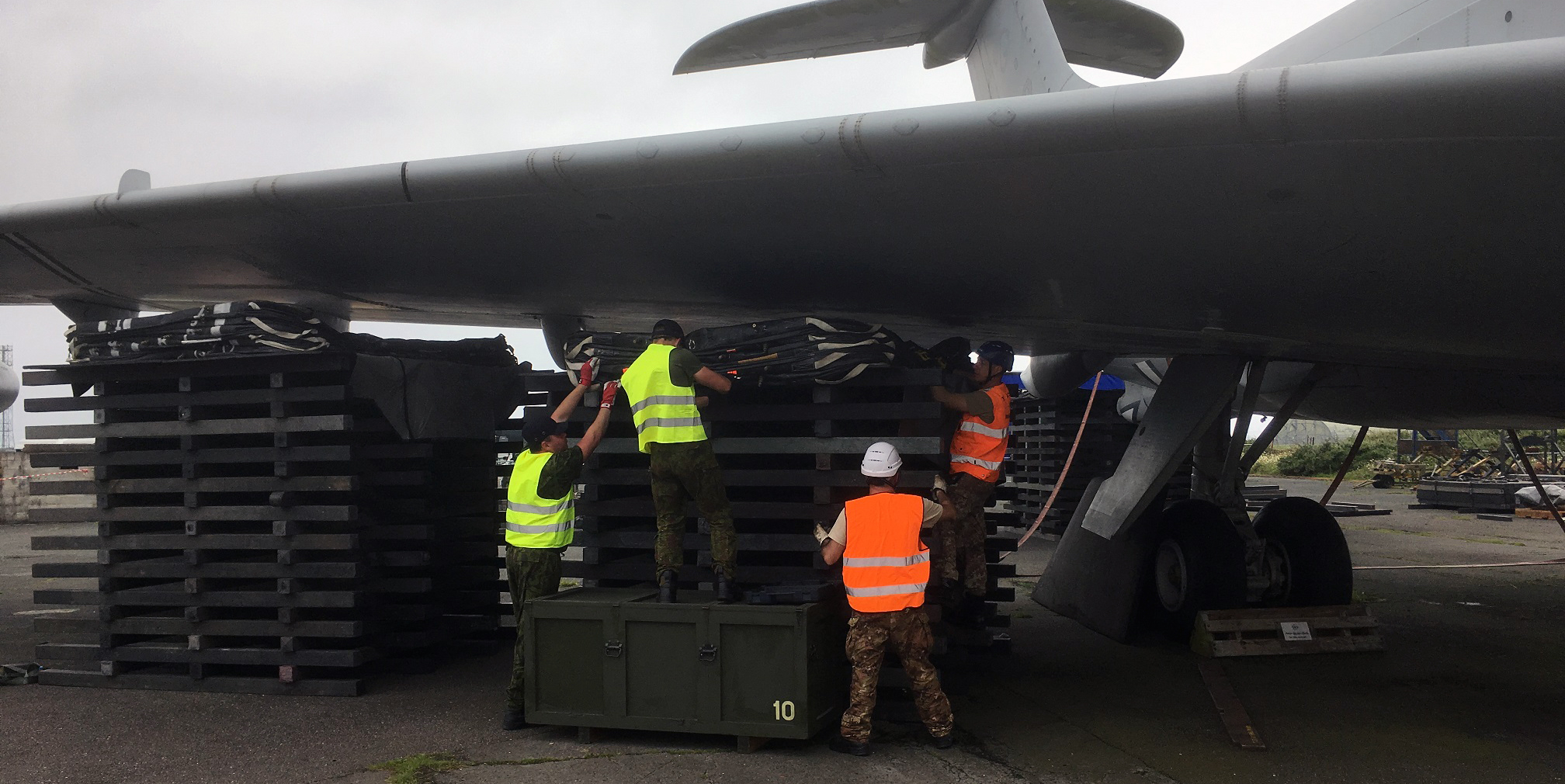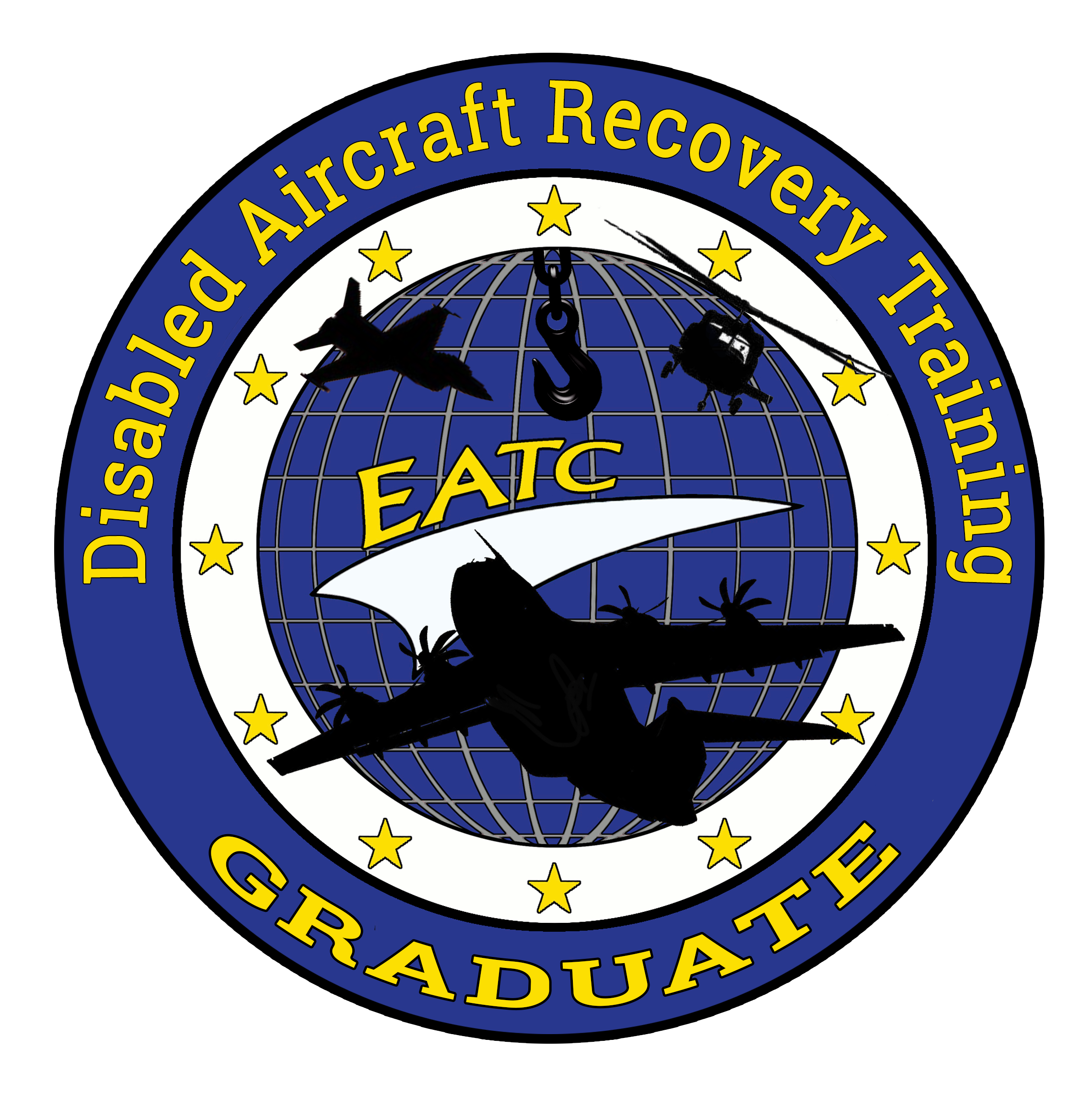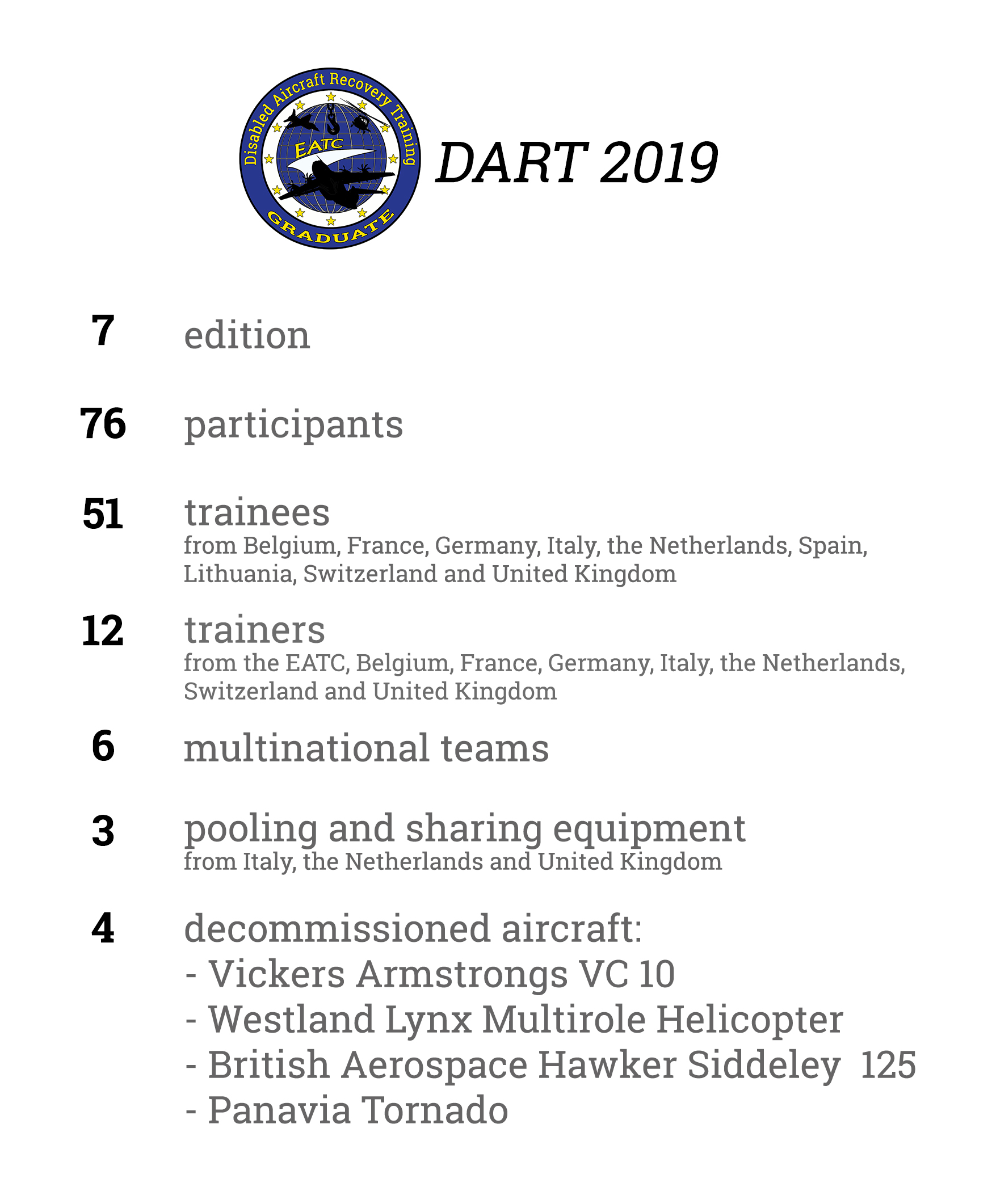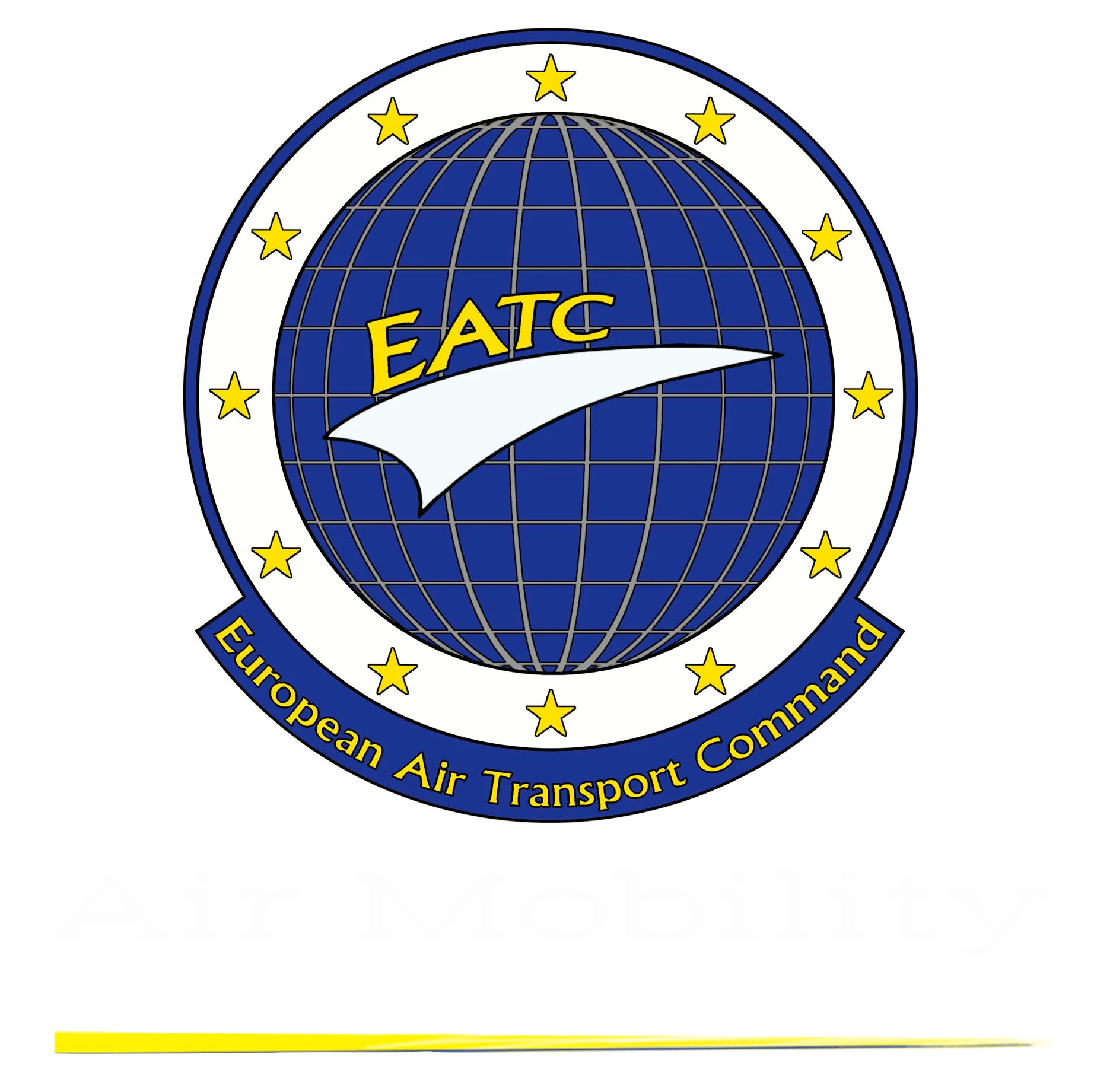The sky is cloudy in St Mawgan (UK) on this 26 June 2019. No rain is forecasted. The view is clear. At the end of the decommissioned runway near the Royal Air Force Station, a squad of British and foreign soldiers busy themselves to lift up a huge transport aircraft, a Vickers – Armstrongs VC 10. Another group gets ready to hoist a Panavia Tornado that overran the runway and is now stuck in the mud.
With the Cornwall Aviation heritage centre located just next to it, passersby take a front row seat to have a look at this exceptional activity. Suddenly they experience a totally crashed Westland Lynx multi-role helicopter hoisted up at a snail’s pace into the air. Then the crane puts it safely on the runway. On the other side of the apron, the body of the VC10 seems to be linked to a multitude of valves and red hoses. Pallets and air cushions are piled under the wings, front and back of the aircraft. A British officer informs that this huge aircraft will be pneumatically elevated off the ground. How spectacular!

What is the background?
From 24 to 28 June 2019, trainees from nine EATC and partner nations participate in a unique training experience: EATC’s Disabled Aircraft Recovery Training (DART). This multinational training is organised by EATC and hosted, for the second time in its history, by the Royal Air Force.
The trainees learn to give attention to every aspect of moving piece of military aircraft. They experience to recover decommissioned fixed and rotary wings aircraft under the supervision of EATC. Academics are also taught according to the EATC “aircraft recovery aide-mémoire”. This aide-mémoire was officially edited in summer 2018 and is applied for the first time to a DART training.
“EATC offers complete training on recovery techniques. We tackle ground reinforcement and preparation of trackways, stabilization and levelling approaches, ways to crane or hoist. And we look into moving and transporting”, explains Major Pierre Lambert.
Trust and confidence in your partners and being interoperable can be decisive to your mission success!
Colonel Leo Joosse
Head of Functional Division

Major Lambert, a Belgian air force expert, is EATC’s supervisor of the DART training. He takes pride of having organised EATC’s recovery training for the last four years. Under his supervision, DART grew to a recognized European recovery training. This year, EATC takes the opportunity to trial run its “Disabled Aircraft Recovery Officer” training – a specific training targeting personnel in charge of recovery operations. The outcome is very positive and EATC will now develop an e-learning course.
“EATC’s training is more than just learning how to hook up recovery cables,” Major Lambert continues. “We bring people from different nations together. They learn from each other. They exchange experience and build strong relationships. They compare procedures and equipment. They become interoperable.”
At the end of the training, a certificate of achievement is awarded to each trainee who successfully completed the course. Mutual recognition or national certification of DART still remains a responsibility of each nation.
Austria already announced its intention to join DART next year in Villafranca di Verona, Italy. This will be the first time for Austrian trainees to discover this exceptional training and the EATC DART community.
Sharing recovery equipment reduces the logistical footprint and having a well-trained recovery team is vital to real operations, concludes Colonel Leo Joosse, Head of EATC’s Functional Division. “But trust and confidence in your partners and being interoperable can be decisive to your mission success. And this is exactly what EATC advocates and stands for: supporting nations for successful, effective and efficient missions. We set the benchmark in Europe.



